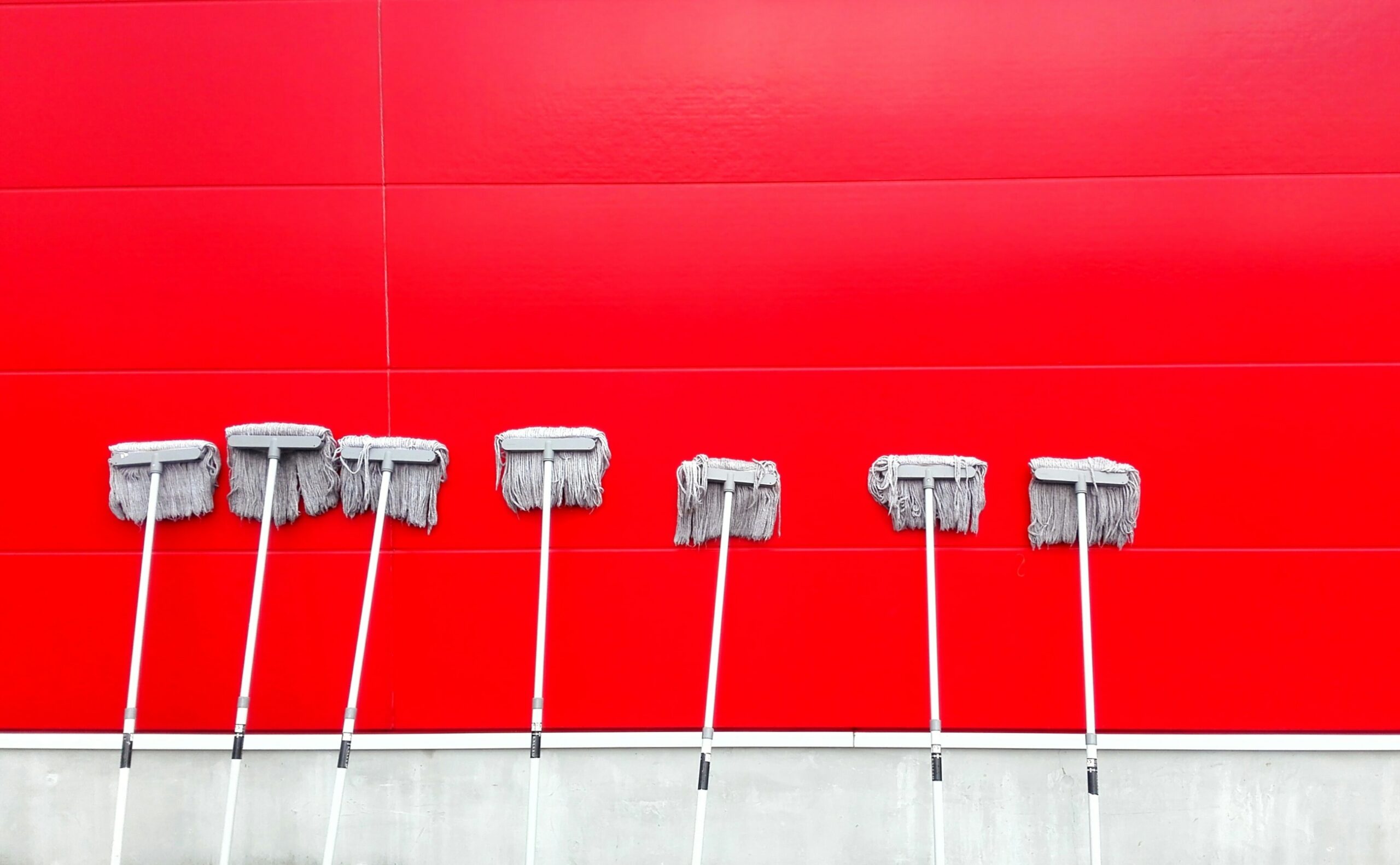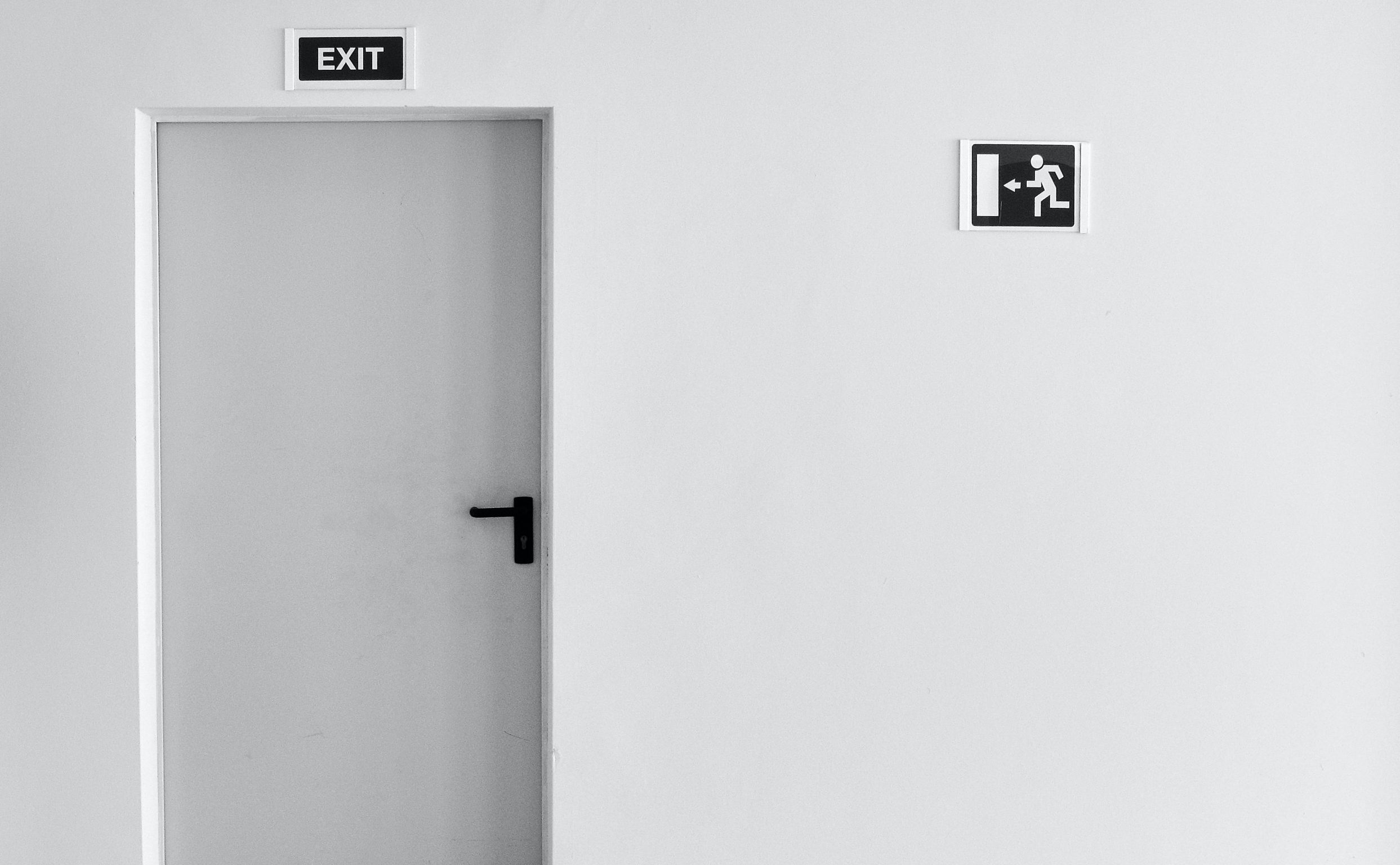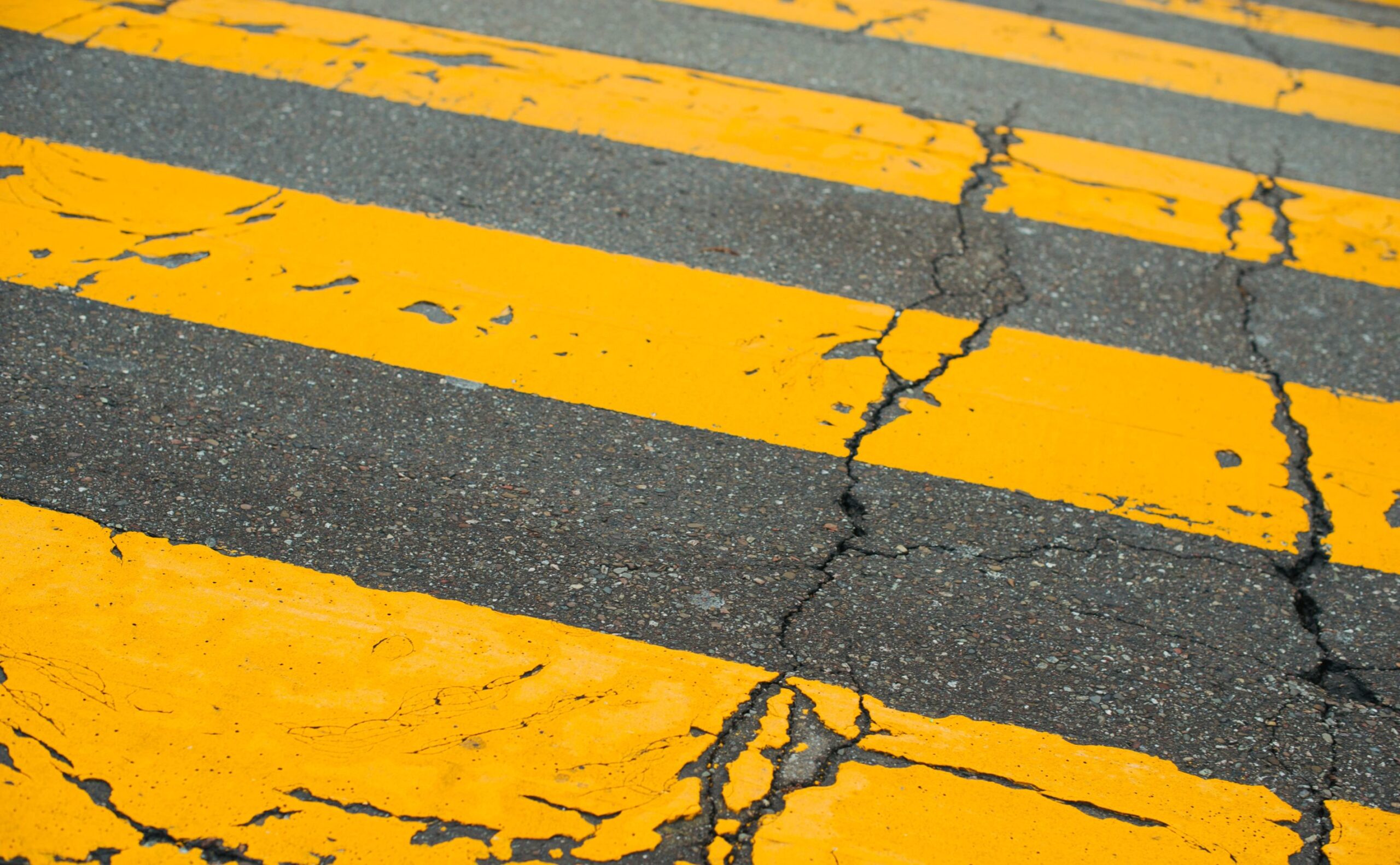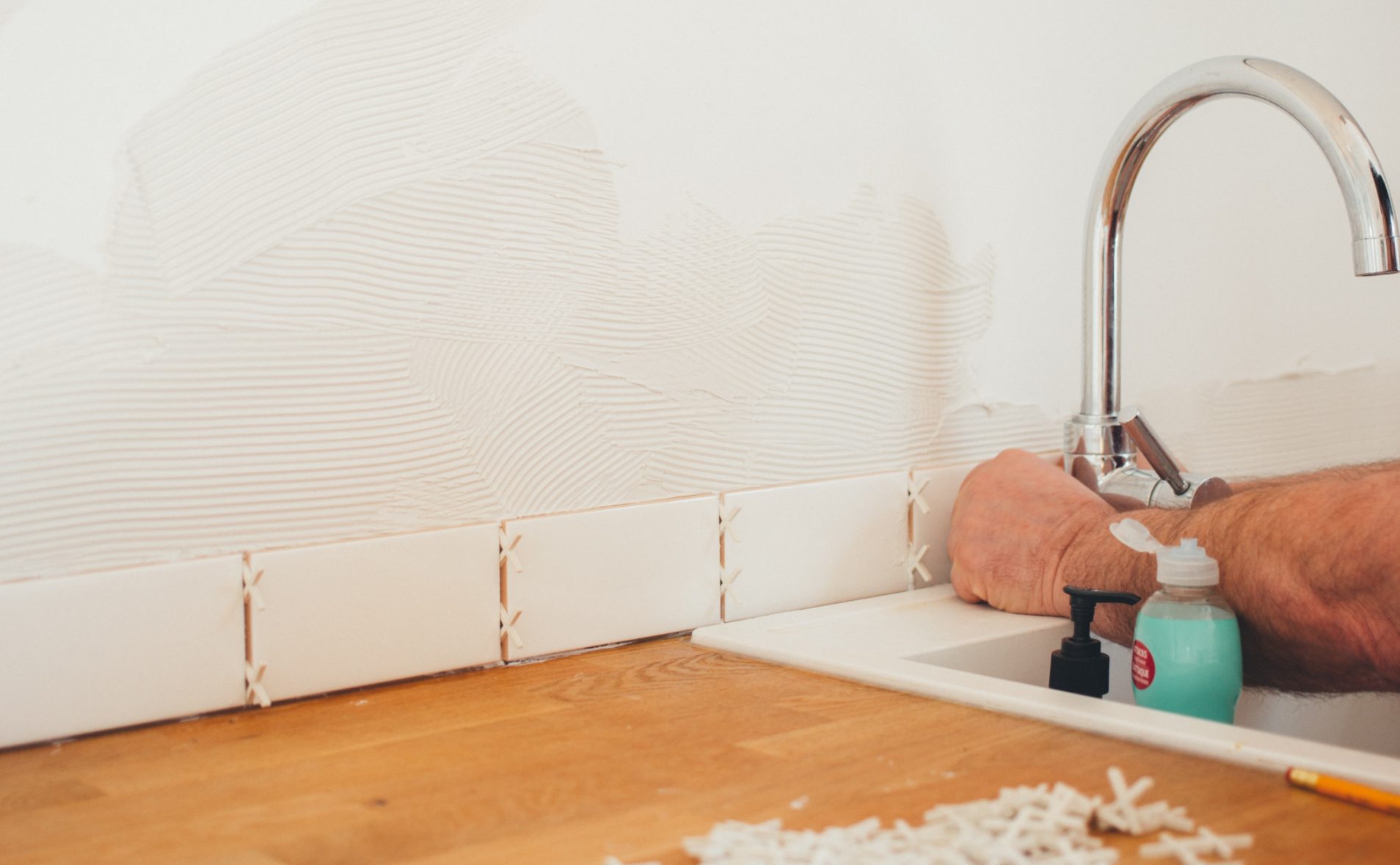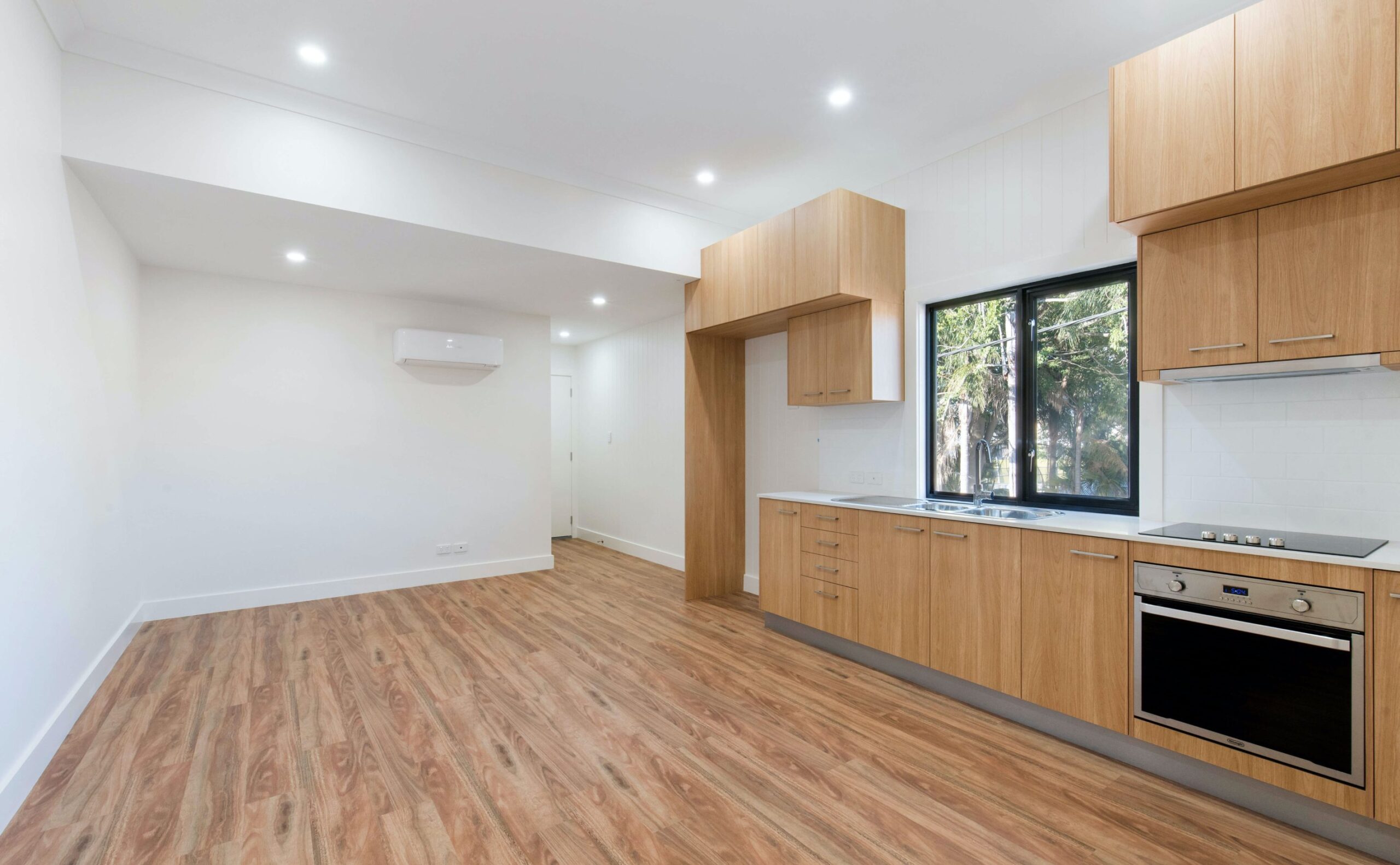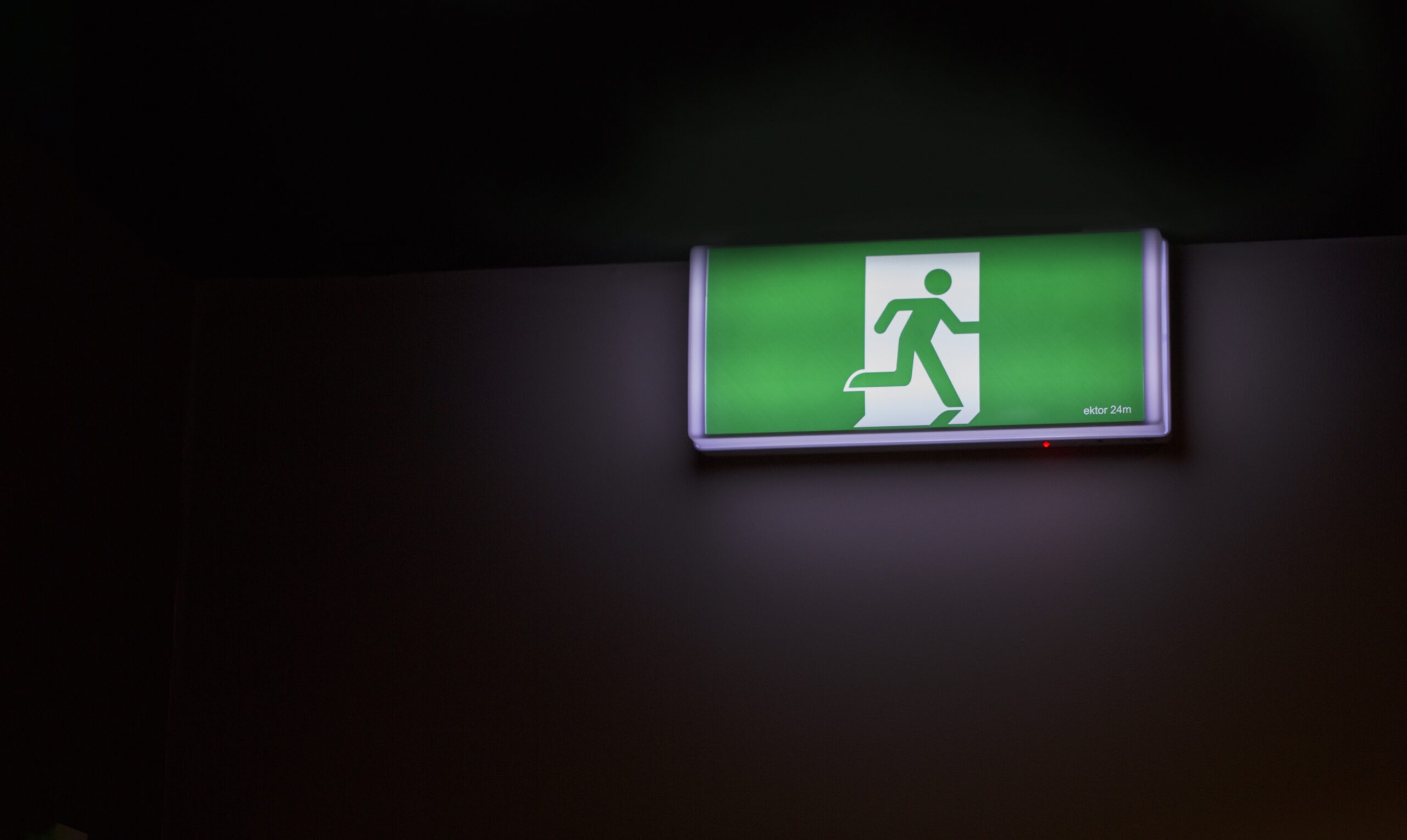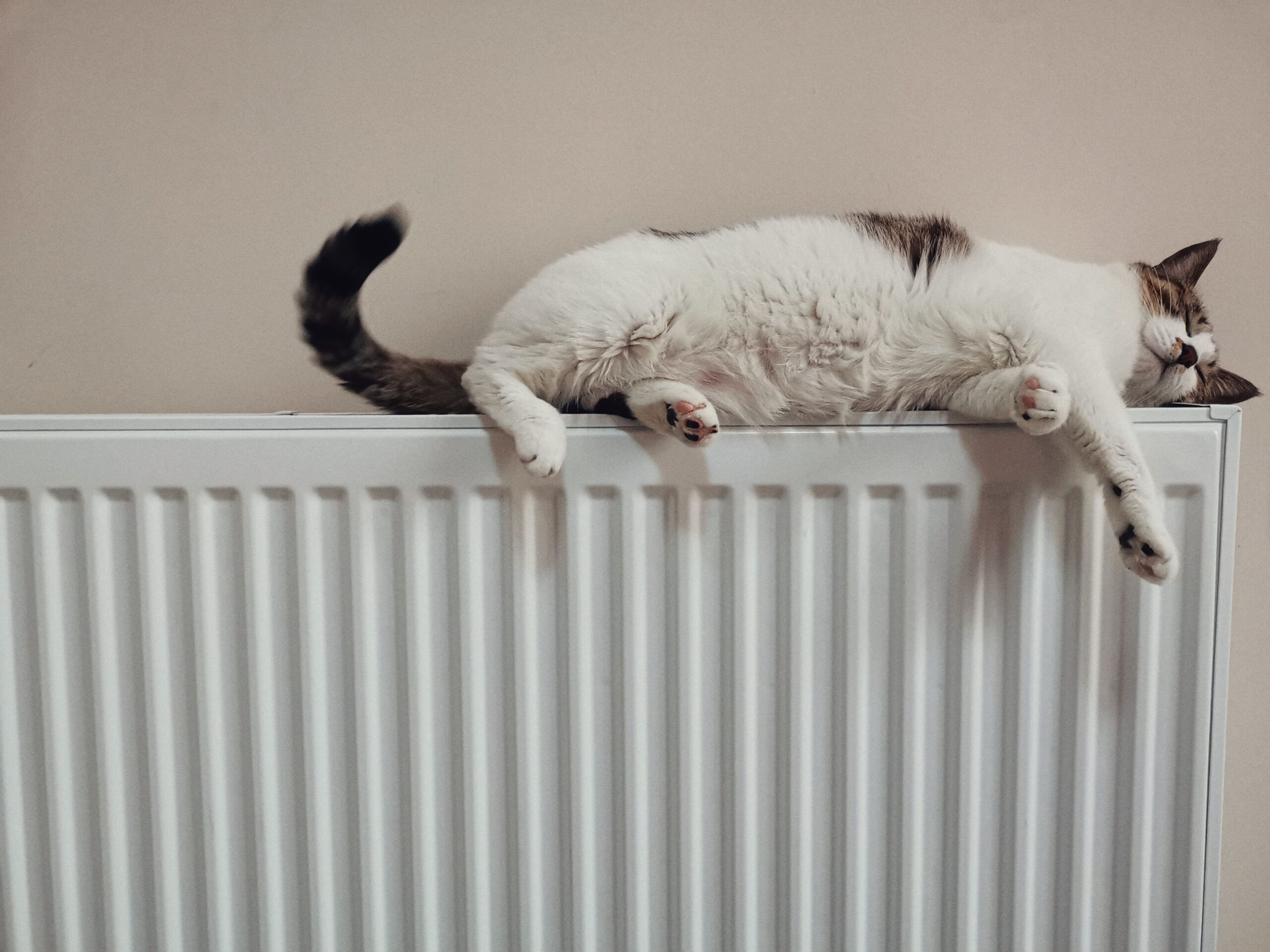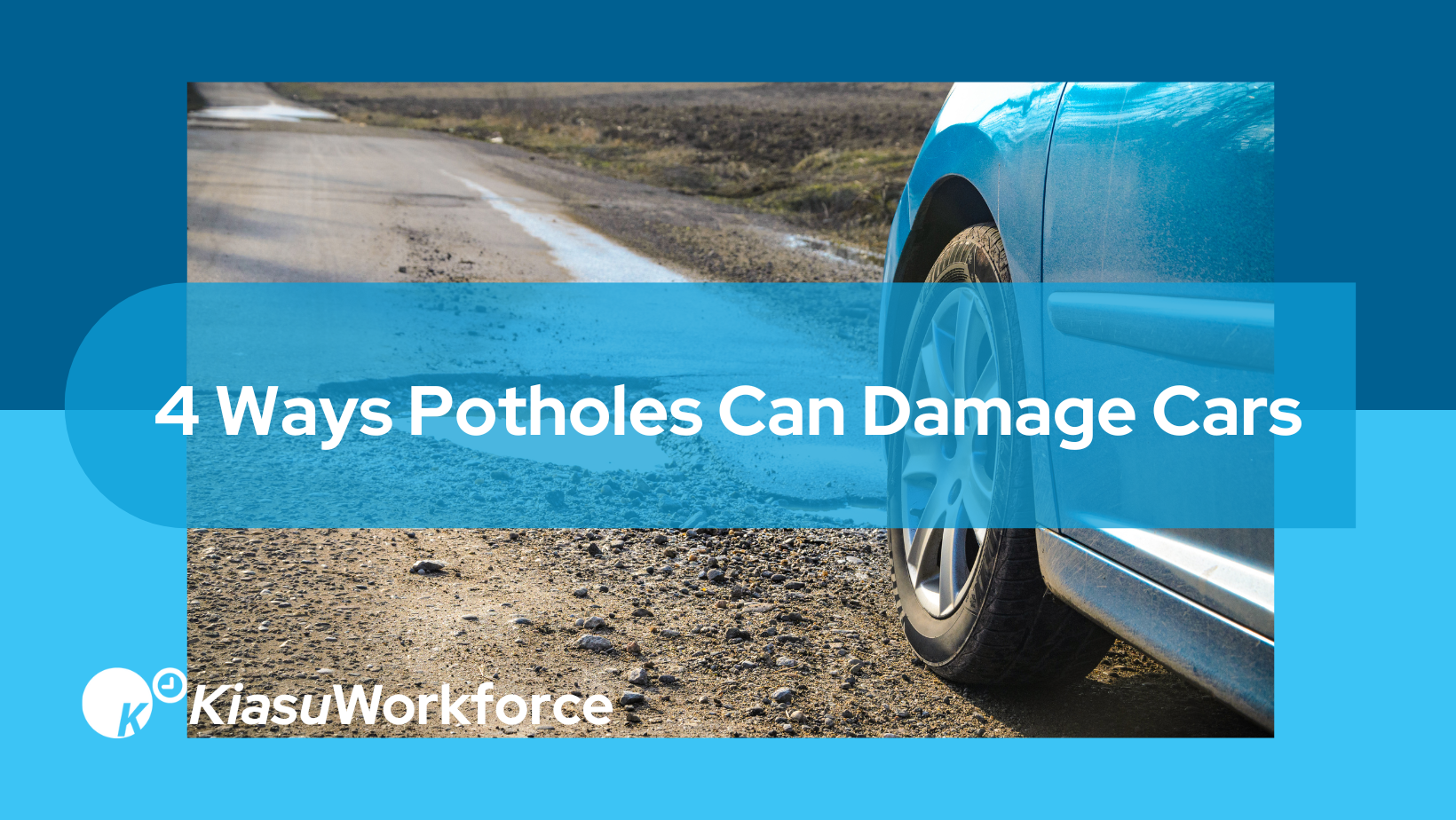Spending a lot of time in dirty environments can be detrimental to your health. This post looks at how an unclean home or workplace can lead to negative health consequences.
A build-up of dirt, grime, mould and bacteria can lead to illness which can spread throughout a home or workplace. We will also look at deep cleans – a cleaning process designed to tackle dirt, bacteria, and mould in a way a general clean cannot achieve.
Kill Germs (Viruses and Bacteria)
Unclean surfaces are abundant with germs. Bacteria and viruses are one of the biggest dangers of an untidy workplace or living space. Dirty surfaces allow bacteria to thrive and increase the risk of many illnesses. Desks and carpets can be breeding grounds for bacteria. Door handles and other shared surfaces make it easy for bacteria to pass between people. Without regular cleaning, your office could face widespread and ongoing illness.
Remove and Prevent Mould
Mould grows where there is an accumulation of water. This can result from a spill that is not cleared away or water vapour. The health impacts of mould are quite drastic. They range from itchiness and rashes to repository problems. People can have allergic reactions to mould too. It is vital to have mould cleaned away and take measures to prevent it from growing.
It is important to clean up spillages immediately and properly to prevent mould growth. All surfaces should be cleaned and wiped dry. Ventilation is also key to preventing mould. Mould is most common in kitchens and toilets so pay particular attention to these areas.
Declutter Your Workspace
Whilst you could consider clutter as “untidy” rather than “unclean”, it is still important to address it. Tidying away clutter may be outside the scope of a deep clean, but it is no less important to your health. A cluttered home or workplace creates trip hazards. Furthermore, depending on the type of clutter and where it is, it could have significant implications for fire safety.
You need to consider where combustible materials are kept. You also need to ensure clutter is not preventing easy access to fire exits and fire extinguishers. You can address this more thoroughly with a workplace fire risk assessment.
What Is A Deep Clean?
A deep clean is a thorough cleaning designed to address the issues outlined above. Killing harmful bacteria and removing mould can have a huge impact on employees’ health. A deep clean decontaminates a building or work area using professional cleaning equipment. This means everything is cleaned, even the tricky to clean and hard to reach places. Furniture or places that may be looked over in a general sweeping clean are given particular attention.
With a deep clean, your upholstery will be disinfected, carpets decontaminated, and touchpoint (such as door handles) sanitised. This is all done with disinfectant solutions designed for these specific applications.
A deep clean also includes a bio mist fogging. This fills the room with a fine mist which then settles on surfaces. The mist quickly kills bacteria, viruses and spores. The fogging technique, like many deep cleaning processes, utilises specialist equipment that your cleaners should be licensed to use.
The obvious health impacts of an unclean office make a deep clean a priority. And no one is more equipped to achieve the necessary cleaning standards than a professional cleaning team equipped with the right equipment and disinfectants for the job. You cannot afford to take your cleaning regimen lightly, the health risks are too high. Fight dust, dirt and grime, kill bacteria and ensure even those hard to clean areas are disinfected.
